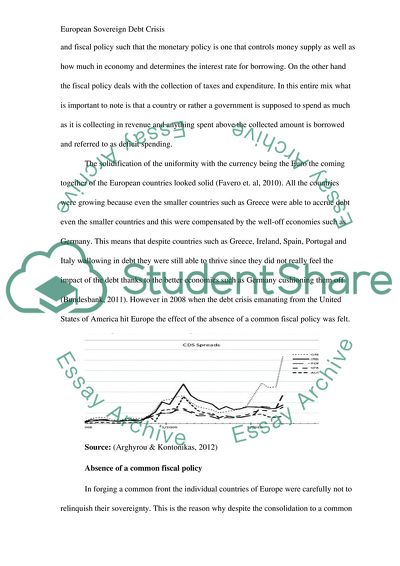Cite this document
(Not Found (#404) - StudentShare, n.d.)
Not Found (#404) - StudentShare. https://studentshare.org/finance-accounting/1852148-european-sovereign-debt-crisis-and-its-impact-on-financial-markets-and-institutions
Not Found (#404) - StudentShare. https://studentshare.org/finance-accounting/1852148-european-sovereign-debt-crisis-and-its-impact-on-financial-markets-and-institutions
(Not Found (#404) - StudentShare)
Not Found (#404) - StudentShare. https://studentshare.org/finance-accounting/1852148-european-sovereign-debt-crisis-and-its-impact-on-financial-markets-and-institutions.
Not Found (#404) - StudentShare. https://studentshare.org/finance-accounting/1852148-european-sovereign-debt-crisis-and-its-impact-on-financial-markets-and-institutions.
“Not Found (#404) - StudentShare”. https://studentshare.org/finance-accounting/1852148-european-sovereign-debt-crisis-and-its-impact-on-financial-markets-and-institutions.


